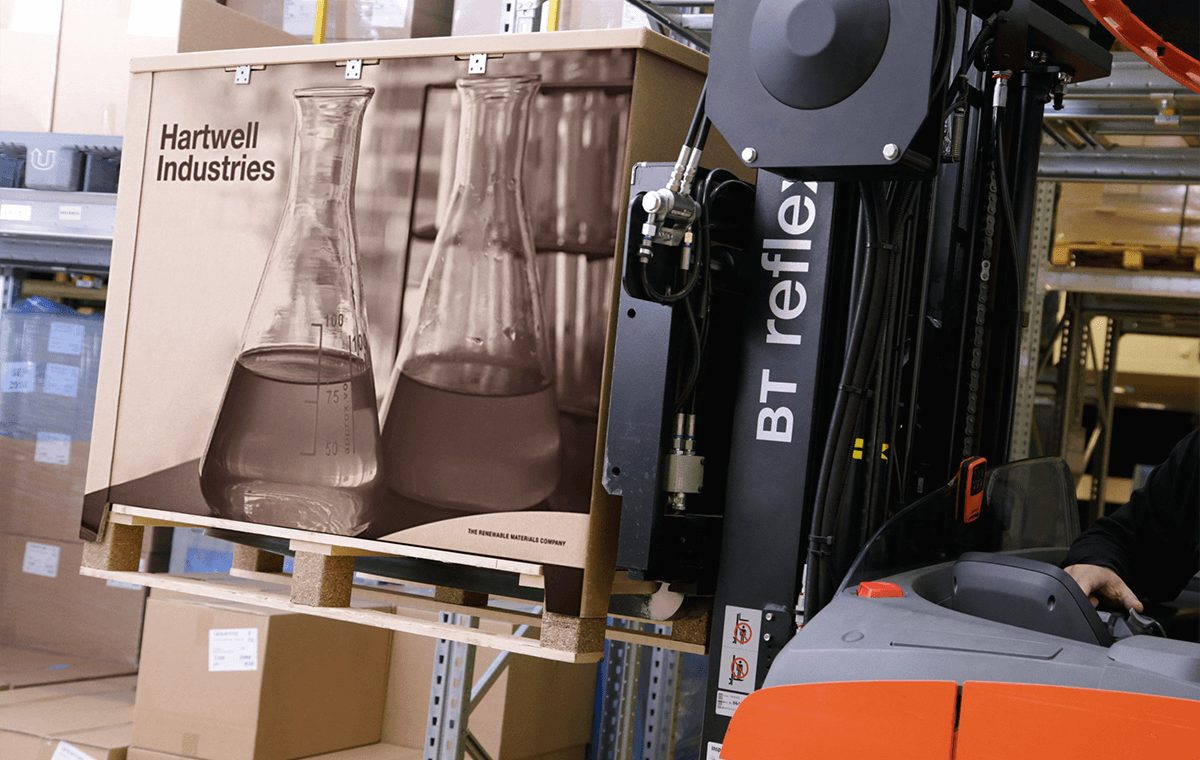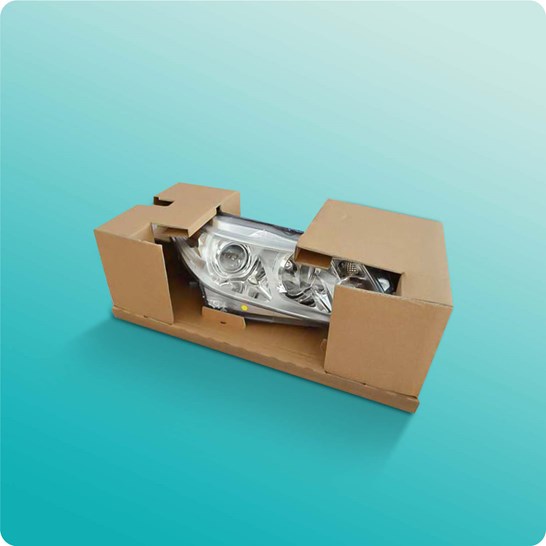Improving Processes: The Power of a Trusted Processing Company
Discover the Relevance of Industrial Packaging Recycling: Expert Insights
In today's industrial landscape, packaging plays an essential duty in shielding and protecting products during transportation. Nonetheless, the environmental impact of commercial product packaging can not be disregarded. It is crucial to recognize the relevance of reusing commercial packaging to minimize the adverse consequences on our planet. In this conversation, we will look into the specialist understandings on this topic, checking out the benefits of recycling industrial packaging, professional pointers for efficient recycling, the obstacles included, and the future potential customers and technologies in this area. By recognizing the value of commercial product packaging recycling, we can add to a much more lasting and green future.
Ecological Impact of Industrial Packaging

Another environmental effect of commercial packaging is the exhaustion of natural sources. The production of packaging materials requires significant quantities of power, water, and raw products. This extraction and consumption of sources add to deforestation, water shortage, and the damage of communities. Furthermore, the manufacturing procedure of product packaging materials commonly includes using poisonous chemicals that can pollute dirt, air, and water, presenting a threat to human health and the setting.
Reusing programs ought to be implemented to make certain that industrial product packaging products are diverted from land fills and given a 2nd life. By dealing with the environmental influence of industrial product packaging, we can move in the direction of a much more sustainable and liable method to product packaging and contribute to the preservation of our earth for future generations.
Benefits of Recycling Industrial Product Packaging
Recycling commercial packaging supplies various advantages, both for the atmosphere and for companies looking for to embrace lasting practices. Among the essential benefits of recycling is the decrease in waste sent out to garbage dumps. By reusing packaging products such as cardboard, plastics, and steels, business can minimize their ecological footprint and preserve useful resources.
Recycling commercial product packaging also helps to save energy. Furthermore, recycling lowers greenhouse gas exhausts linked with the manufacturing of new packaging materials.
An additional benefit of reusing commercial packaging is the possibility for expense savings. By applying recycling programs, services can minimize garbage disposal costs and possibly generate income by selling recyclable materials. Recycling can also boost a company's public image and draw in eco mindful consumers who value sustainable methods.
In addition, reusing industrial product packaging can contribute to a round economic situation. By reusing materials and integrating them back into the manufacturing procedure, companies can create a closed-loop system that reduces the demand for virgin materials and promotes resource efficiency.
Expert Tips for Effective Industrial Product Packaging Recycling
To enhance the efficiency of commercial packaging recycling, expert knowledge and techniques are necessary. Industrial product packaging is created to protect products during transportation and storage, and reusing it can help in reducing waste and conserve resources. Below are some expert ideas for effective industrial packaging recycling:
Style for recyclability: When picking product packaging materials, consider their recyclability. Stay clear of using combined products or intricate packaging designs that are difficult to different and recycle.
Implement a recycling program: Develop an extensive recycling program that consists of clear guidelines for getting rid of and arranging of product packaging materials. Educate workers about the relevance of recycling and supply appropriate training on how to reuse successfully.
Companion with recycling centers: Collaborate with neighborhood recycling centers to understand their approval requirements and needs. Develop a connection with a reliable recycling partner who can manage your commercial product packaging waste effectively.
Minimize packaging waste: Check out ways to minimize packaging waste by utilizing cutting-edge layout methods, such as light-weight products and right-sizing product packaging. By decreasing the quantity of packaging made use of, you can decrease the ecological impact and make recycling easier.
Track and measure reusing initiatives: Display and gauge your recycling initiatives to assess the effectiveness of your program. Set objectives and targets for increasing recycling prices and continuously enhance your recycling methods based upon the information accumulated.
Obstacles in Industrial Product Packaging Recycling
Among the significant challenges encountered in commercial product packaging recycling is the lack of standardized recycling approaches and infrastructure. Unlike home recycling, where there are clear standards and systems in area, commercial packaging recycling typically does not have a regular technique. plastic container manufacturer. This lack of standardization makes it hard for services to browse the recycling process effectively and efficiently
Another obstacle is the intricacy of industrial packaging materials. Industrial packaging is usually made from a vast array of materials, such as plastics, steels, and composite materials. Each material needs a different recycling procedure, which contributes to the intricacy and expense of recycling. Some industrial product packaging materials, such as laminated plastics, are not conveniently recyclable, leading to raised waste and environmental impact.
Furthermore, the sheer volume of industrial packaging waste can be frustrating. Industries produce a considerable quantity of packaging waste on a day-to-day basis, and finding suitable reusing centers to handle this quantity can be an overwhelming job. This can lead to product packaging products being sent out to garbage dump rather than being reused.
Moreover, the absence of understanding and education about commercial product packaging recycling is one more obstacle. Lots of companies are not fully aware of the advantages of reusing their product packaging materials or the offered recycling alternatives. This absence of awareness results in a missed possibility to minimize waste and add to a more lasting future.
To overcome these difficulties, it is essential for businesses to interact with recycling organizations, federal Related Site government companies, and market associations to create standard reusing techniques and infrastructure. This will not just enhance the recycling process but also ensure that more packaging materials are diverted from land fills and recycled effectively. Furthermore, increasing recognition and offering education and learning concerning industrial packaging recycling can assist companies recognize the relevance of recycling and make notified choices about their product packaging choices.
Future Prospects and Innovations in Industrial Product Packaging Recycling
With the challenges of standardized techniques and infrastructure in industrial product packaging recycling, the focus currently shifts in the direction of exploring future leads and innovative services to address these problems. As the demand for lasting product packaging remains to grow, the market is experiencing improvements in modern technology and procedures that intend to boost recycling prices and reduce environmental impact.
One promising future possibility is the development of smart product packaging products. These materials are developed to have installed sensing units that can give details concerning their composition and problem. By utilizing these sensing units, recyclers can conveniently identify and arrange various kinds of product packaging materials, making the recycling process much more affordable and reliable.
An additional cutting-edge option is making use of sophisticated recycling technologies. Conventional reusing methods typically face difficulties in efficiently reusing intricate packaging materials, such as multi-layered plastics. Advanced technologies, such as chemical recycling and pyrolysis, can damage down these products into their standard parts, enabling for a higher price of recycling.

Conclusion
By reusing site link commercial packaging, businesses can benefit from expense savings, minimized waste, and boosted brand name photo. The future potential customers of commercial packaging recycling are appealing, with developments in innovation and innovations aimed at improving reusing efficiency and minimizing waste.
Recycling programs ought to be executed to ensure that industrial look at more info packaging products are diverted from landfills and offered a 2nd life. By resolving the ecological effect of commercial packaging, we can move in the direction of a more liable and sustainable strategy to product packaging and contribute to the conservation of our planet for future generations.
Reduce product packaging waste: Explore ways to reduce packaging waste by utilizing cutting-edge style strategies, such as light-weight products and right-sizing product packaging. Furthermore, elevating understanding and offering education and learning about industrial packaging recycling can help organizations comprehend the significance of reusing and make informed decisions regarding their product packaging selections.
Traditional reusing techniques commonly face difficulties in properly reusing intricate product packaging products, such as multi-layered plastics.